Article
What is an Article?
An article is a piece of writing on a particular topic that is typically published in a magazine, newspaper, blog, or website. Articles are written to inform, entertain, or persuade readers, and they can cover a wide range of subjects, including news, opinion, research, and lifestyle. The structure of an article usually includes a headline, introduction, body, and conclusion.
Why is an Article Important?
Articles are important because they provide valuable information and insights to readers. They help educate, inform, and engage audiences on various topics. Well-written articles can establish the author or publication as an authority in a particular field, build trust with readers, and drive traffic to a website or blog. Articles also play a crucial role in content marketing, helping businesses attract and retain customers by offering relevant and useful content.
Best Practices for Writing an Article
1. Choose a Clear and Engaging Topic
Select a topic that is relevant to your audience and has a clear focus. An engaging topic will capture readers' interest and encourage them to read the entire article. Conduct research to ensure the topic is well-covered and up-to-date.
2. Craft a Compelling Headline
The headline is the first thing readers see, so make it compelling and informative. It should give a clear idea of what the article is about and entice readers to click and read further. Use strong keywords and keep it concise.
3. Write a Strong Introduction
The introduction should grab the reader’s attention and provide a brief overview of what the article will cover. Use a hook, such as a surprising fact, question, or anecdote, to draw readers in and encourage them to continue reading.
4. Organize the Content Clearly
Organize the body of the article into clear, logical sections with subheadings. This makes the content easy to skim and digest. Use short paragraphs, bullet points, and numbered lists to break up the text and improve readability.
5. Provide Valuable Information
Ensure that the article provides valuable and accurate information. Support your points with facts, statistics, quotes, and examples. Aim to educate and inform your readers, offering insights that they can apply or learn from.
6. Use a Conversational Tone
Write in a conversational tone that is easy to understand and engaging. Avoid jargon and overly complex language. Address the reader directly to create a connection and make the content more relatable.
7. Conclude with a Strong Ending
Summarize the key points and provide a clear conclusion. End with a call to action (CTA) if appropriate, encouraging readers to take a specific action, such as commenting, sharing, or exploring further content.
8. Edit and Proofread
Review the article for clarity, coherence, and accuracy. Check for grammatical errors, typos, and inconsistencies. Editing and proofreading ensure that the article is polished and professional.
By following these best practices, you can create well-structured, engaging, and informative articles that resonate with your audience and achieve your content goals.
For more terms, return to the content marketing glossary and freelance writing glossary.

